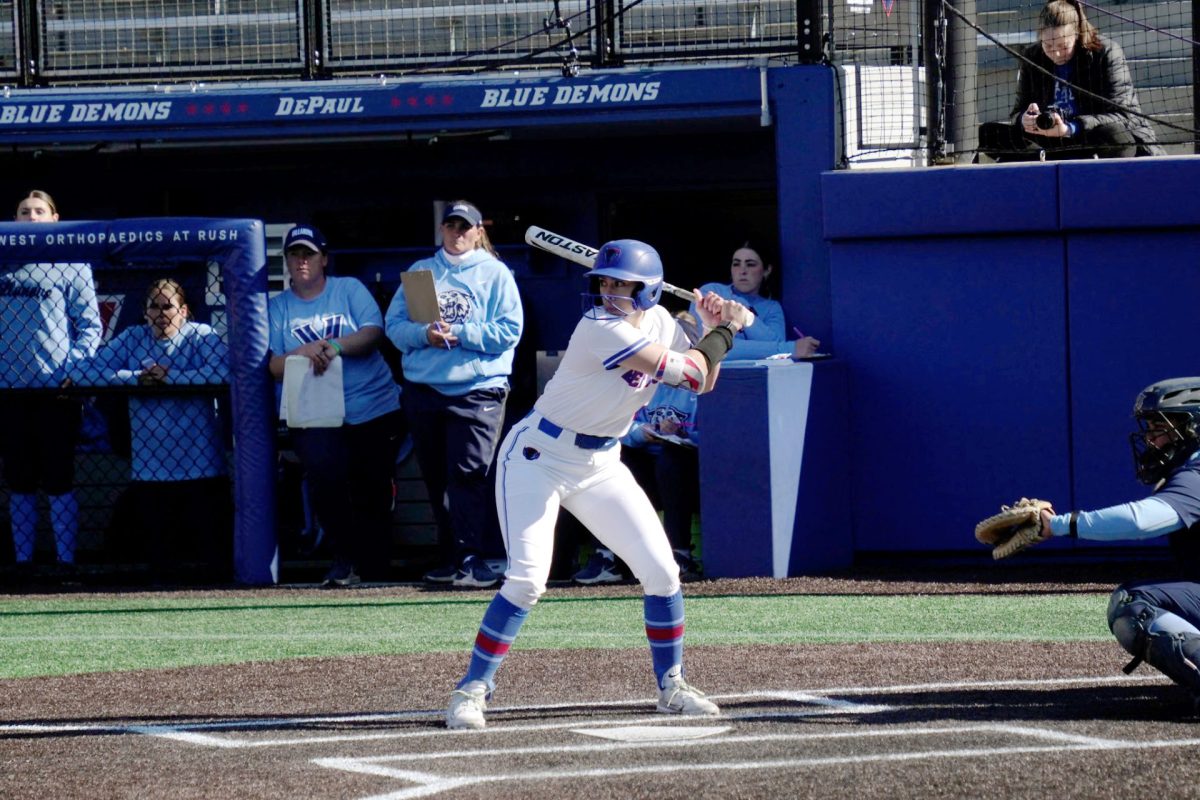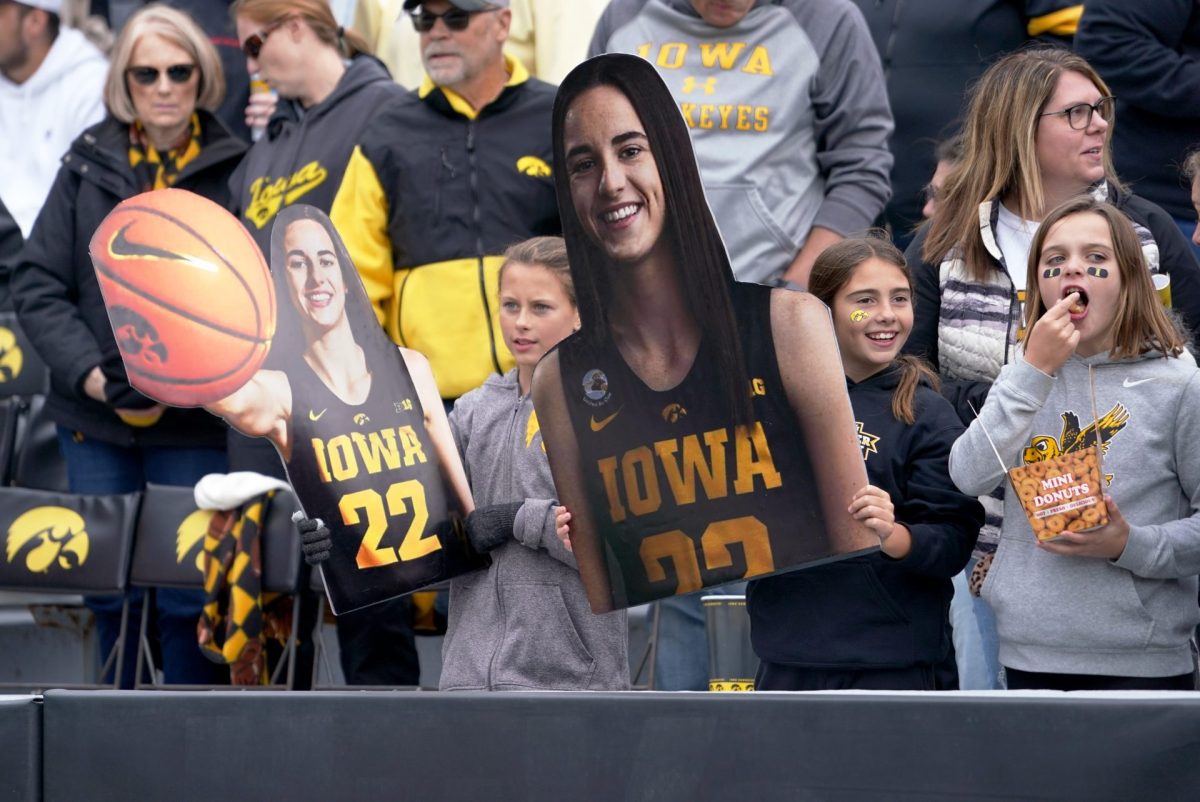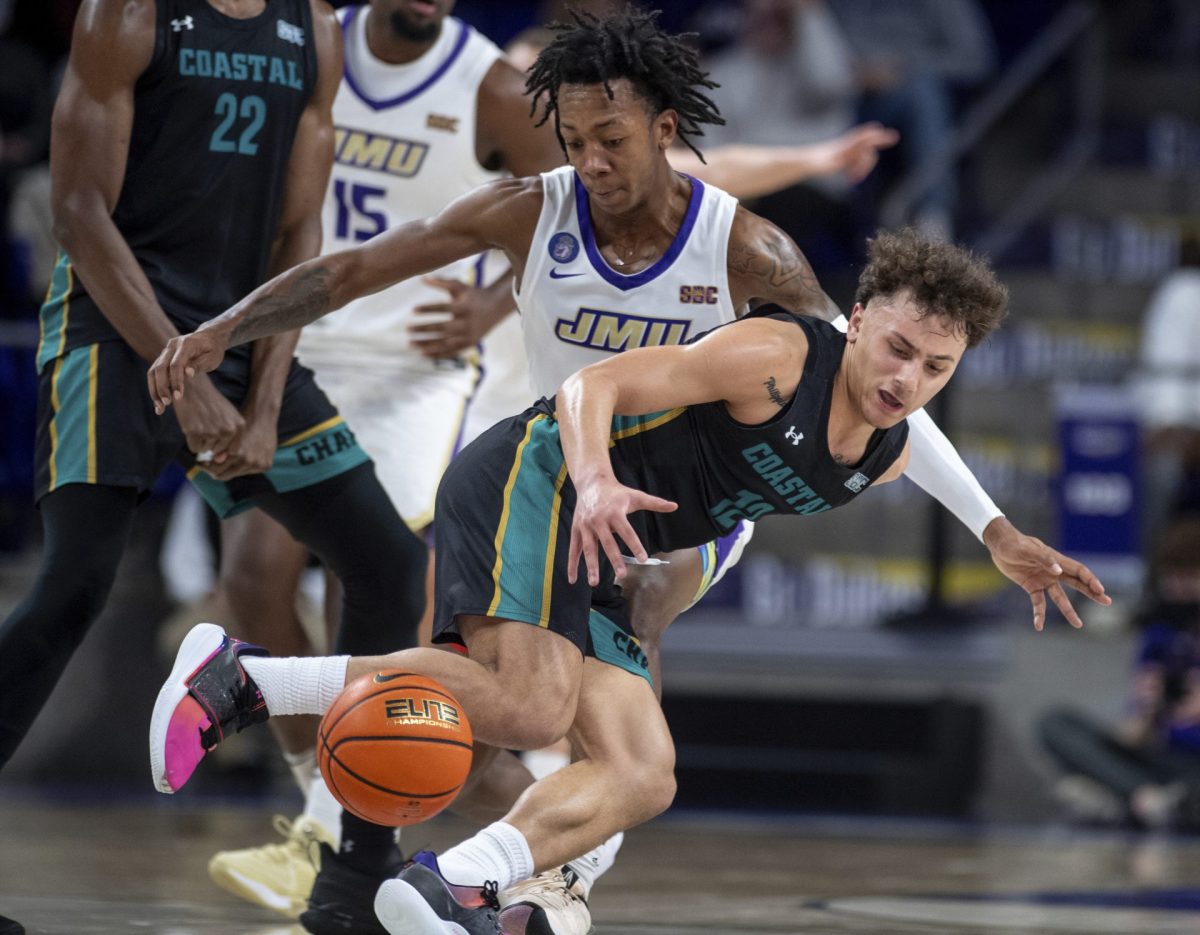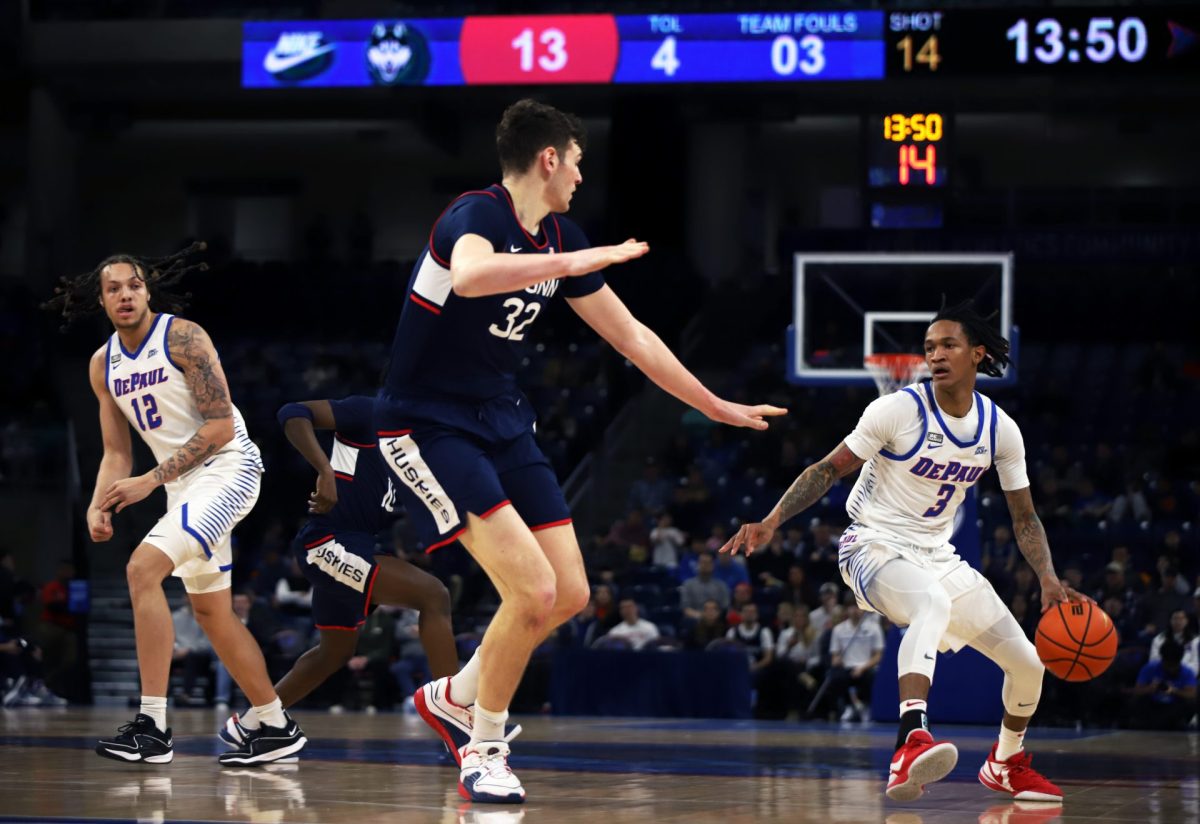From the death of a physically worn down NFL retiree, to that of a straight-A high school football player, America’s favorite sport has increasingly been on the hot seat for risking the life of its dedicated players.
The National Football League itself has most notably been at fault for the bad press. Since 1994, the NFL has failed to recognize that the physical implications given by playing a sport can be life threatening.
Former Steelers offensive lineman Mike Webster instinctively comes to mind when discussing this issue. He was after all the first football player whose autopsy had revealed his brain to have CTE, or Chronic Traumatic Encephalopathy. Discovered by Bennet Omalu of Boston University, it is defined as a degenerative disease that causes an abnormal build-up of tau protein in various locations of the brain’s tissue; it is a deeper and much more complicated form of any other memory-loss disease. Despite Omalu’s undeniable selfresearch, the NFL denied the allegations, as they continue to do so today.
Current and former players have devoted their time to the cause. Former Chicago Bears safety Gary Fencik has been a vocal supporter of new safety measures, especially after his former teammate Dave Duerson committed suicide in 2011 after a battle with mental health issues.
The issue hit Chicago hard Oct. 4. Lane Tech high school senior Drew Williams was hit hard enough to have to sit out for the rest of the game. Shortly after, he collapsed on the sideline and had to go to the Intensive Care Unit where he is currently in a coma.
“Drew was an incredible athlete. He was explosive, fast, strong, and took care of his body. He never showed signs of physical deterioration, which makes his circumstance that much more of a shock,” former teammate and current DePaul freshman Jes Methipara said.
Williams’ case is a tragic instance of NFL danger making an appearance on a high school football field. Advances have been made to protect players, but there is no true way to end the string of injuries that has impacted the game of football.
Despite the evidence, Methipara agrees with the popular notion that the sport is not deadly.
“Football does not put its participants’ lives at risk,” she said.
More than 445 current and former NFL players recently sued the league for practices deemed unhelpful in the fight against CTE and brain damage. The settlement came out to $765 million, on the charge that the NFL kept the health risks a secret.
Former New York Giants linebacker Harry Carson put it best: “The NFL has given everybody 765 million reasons why you don’t want to play football.” Carson’s anger comes from the fact that the NFL essentially admitted to near criminal practices by yielding to the lawsuit.
But while the NFL may have intentionally missed these problems, there are people and organizations that fight for the health of injured athletes.
One such organization is SLICE DePaul. SLICE stands for Sports Legacy Institute Community Educators and has the plight of athletes at the front of its platform.
“Through my work with SLICE, I essentially hope to help protect our local youth from the dangers of concussion,” Taylor Greif, a member of the organization, said. “We educate students and athletes about what a concussion is, why they should care about concussions, and what they should do if they or their friends or teammates have a concussion.”
Part of the problem is that people seem to deny the very existence of CTE and are willing to overlook it for the sake of the enjoyment of sport. This is exactly the sentiment that Greif is trying to combat through her work with SLICE.
“It’s crucial that people are aware of the risks associated with concussions. If they know that a concussion is a serious injury, they are more likely to take the proper time to recover, and are less likely to face issues like CTE,” Greif said.
SLICE has received support from former players as well, adding to the recognition of the organization. Support has come from such players as former Chicago Bear Hunter Hillenmeyer and former Washington Redskin Mark May. It seems that everyone is jumping on board to protect athletes and raise awareness.
The group doesn’t just focus on adults, either.
“We present mostly in Chicago Public Schools and surrounding suburbs. We mainly educate students between 3rd and 12th grade,” Greif said. The goal is to present the problem at a young age so that kids can make decisions on their own about whether or not they want to risk playing football.
Be it in the NFL or Pee Wee football, CTE and concussions are arguably the biggest problem facing sports today. Parents around the country struggle with letting their kids play contact sports, and former professionals struggle with the pain and suffering that comes with spending years of their life getting pounded on a daily basis. SLICE wants to make sure people know about the problem so that a community doesn’t need a player to enter a coma for the issue to be brought to the forefront.
“I realized there is a substantial need for awareness and education if we hope to truly support our athletes all around the country,” Greif said. “I’ve learned it is a serious public health issue, and that through the Sports Legacy Institute, my peers and I can do something about it.”
?







